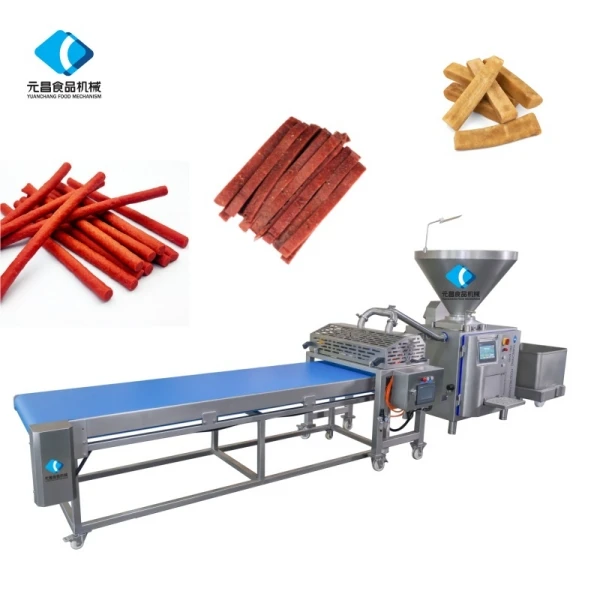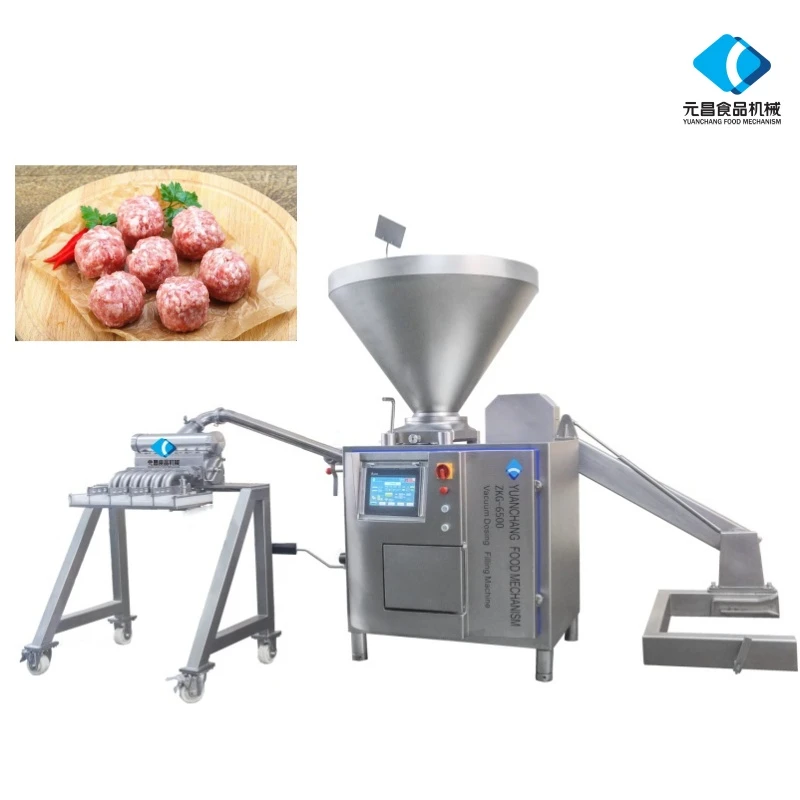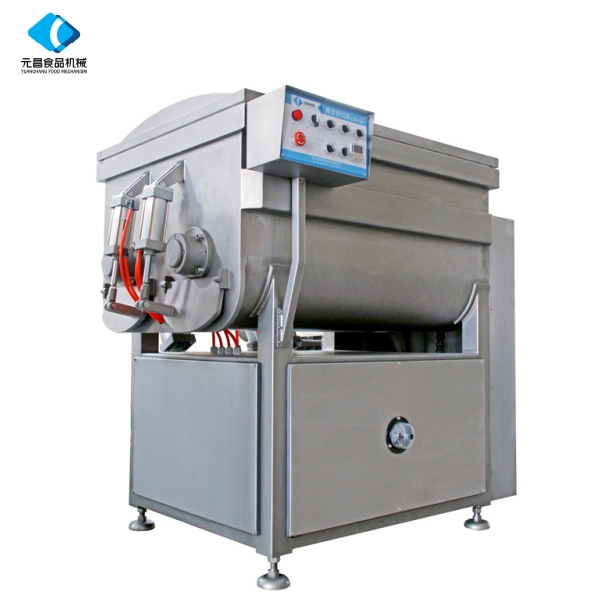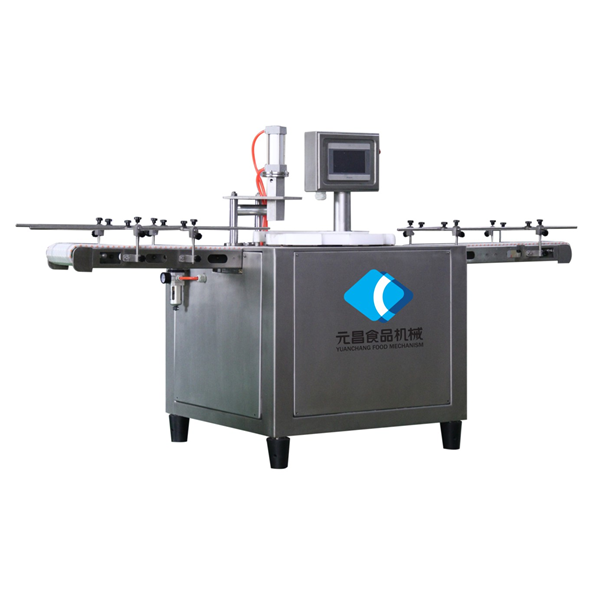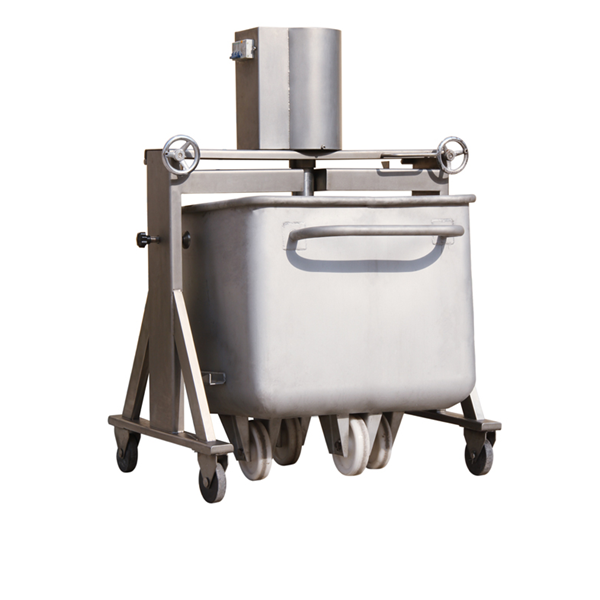Discover the Benefits of Vacuum Marinating Machines for Efficient Food Processing
Understanding the Vacuum Marinating Machine: A Game-Changer in Food Processing
Vacuum marinating machines have quietly revolutionized the way food producers, processors, and even restaurants approach marinating. While the concept is pretty straightforward, the impact globally—especially in terms of efficiency, food safety, and quality—is significant. These machines help accelerate the marinating process by removing air and creating a vacuum environment around the product, allowing flavors to penetrate deeper, faster, and more evenly.
Why does this matter? Well, globally, the food industry is racing to deliver higher-quality meals more quickly and sustainably. As consumer demands grow for better taste, texture, and safety, understanding vacuum marinating technology becomes crucial—not just for big plants but also smaller players. Hopefully, by the end of this read, you’ll see how such a nifty piece of equipment can align with both modern trends and practical challenges.
The Global Context: Why Vacuum Marinating Machines Matter Today
Let’s put this into perspective. According to the UN Food and Agriculture Organization, food loss during processing and distribution accounts for up to 14% of total production worldwide. One of the reasons is inefficiency or inconsistency in food preparation methods. Vacuum marinating machines help combat that by speeding up flavor absorption without sacrificing quality.
Markets in Europe and North America have long embraced this tech, but Asia-Pacific and emerging economies are catching up fast. Analysis from the International Organization for Standardization (ISO) highlights that automation in food processing, including vacuum marination, improves standardization and safety control significantly. With growing consumer awareness about food hygiene—and not to mention the environmental pressures pushing for less waste—the vacuum marinating machine emerges as a smart response to ongoing challenges.
To frame it: if you’ve ever felt that marinade just didn’t "stick" enough, or if production down times frustrate you, this technology offers a clear remedy.
So, What Exactly Is a Vacuum Marinating Machine?
Think of it simply as a device designed to marinate meats, fish, and even vegetables by pulling air out of the container holding the product and marinade. By creating a vacuum, these machines lower pressure around the food, enabling the marinade — salt solutions, spices, oils — to permeate more thoroughly and quickly than traditional soaking.
In modern food processing or large-scale catering, this not only improves flavor but can also reduce marinating times from hours or days to minutes, which is frankly quite a leap.
This technology connects deeply to modern industrial needs—not only for speed but also for guaranteeing food safety standards, minimizing contamination, and conserving resources, which is particularly crucial in humanitarian settings or areas with limited refrigeration and infrastructure.
Core Components & Key Factors Driving Vacuum Marinating Machine Performance
1. Durability and Material Quality
Most reliable machines use stainless steel chambers resistant to corrosion and easy cleaning—basically food-safe and sturdy enough for daily heavy-duty use. Oddly enough, while some users assume cheaper steel would suffice, investing upfront saves a lot of downtime and rework later.
2. Vacuum Pump Power & Sealing Efficiency
The stronger the vacuum pump, the deeper the marinade reaches into the product. Inconsistent suction or leaks, on the other hand, can cause uneven marinating and operational headaches.
3. Scalability and Capacity
Whether you need a small unit for a restaurant or a large chamber sized for industrial batches, machines come in a variety of sizes. Scalability means you can grow operations without reengineering processes.
4. Programming & Automation Features
Modern machines often allow preset marinating cycles—time, vacuum level, pressure changes—which ensure repeatability and reduce operator error. This is a boon for any busy facility.
5. Ease of Cleaning and Maintenance
Given the food-contact nature, hygienic design is non-negotiable. Machines that can be quickly dismantled or include clean-in-place (CIP) systems will save hundreds of labor hours in the long run.
| Specification | Model VM-200 | Model VM-500 | Model VM-1000 |
|---|---|---|---|
| Chamber Capacity (Liters) | 200 | 500 | 1000 |
| Pump Power (kW) | 1.5 | 3.0 | 5.5 |
| Automation Level | Basic | Intermediate | Full Programmable |
| Material | 304 Stainless Steel | 316 Stainless Steel | 316L Stainless Steel |
| Cleaning Method | Manual | Semi-automatic | CIP Ready |
Global Applications and How Industries Use Vacuum Marinating Machines
The beauty of vacuum marinating machines is in their versatility. From artisan butchers in Europe speeding up their production lines, to massive poultry plants in the US optimizing flavor and safety, to small catering businesses in Asia boosting turnover — the applications are wide.
Vacuum marinating machines are a staple in:
- Large-scale meat processing facilities aiming to maximize yield and flavor consistency
- Seafood processors where delicate fish absorbs flavor rapidly without damaging texture
- Ready-meal producers who must balance taste, shelf life, and cost
- Hospitality sectors shifting to quicker prep times without sacrificing quality
Regions like South America, with its growing meat export markets, also lean on such machinery to stay competitive globally. Not to forget NGOs and humanitarian groups who, oddly enough, may use vacuum marination tech in field kitchens to ensure more palatable and safe protein portions in remote areas.
Benefits You Can Bank On: Why This Tech Makes Sense Long-Term
Okay, so the obvious plus is speed: it slashes marinating times from days to mere minutes or hours. But the story deepens there. With uniform flavor infusion, it means fewer rejected batches and happier consumers. That, in turn, means better sales and less waste—headlines for any manager.
There’s also sustainability: faster marinating reduces refrigeration times, thus lowering energy consumption. Fewer spoiled goods and more efficient workflows benefit environmental goals, supporting certification efforts like ISO 22000 or HACCP adherence.
Plus, the emotional aspect—staff feel pride working with modern clean equipment, while customers get safe, tasty products. Frankly, it's all about trust.
Innovations and Trends Shaping the Vacuum Marinating Machine Future
What’s on the horizon? Increasingly, manufacturers are combining vacuum marinating with digital controls—IoT sensor integration for real-time monitoring and adjustments. Some models now include energy recovery systems to cut costs further. Others experiment with green refrigerants and sustainable materials for even smaller carbon footprints.
Automation trends mean more adaptive marinating cycles, able to customize automatically per product type or batch condition. This matters in today's push towards Industry 4.0 in food processing.
Looking at broader policies, food safety regulators are encouraging traceability—here, smart vacuum marinating machines help by logging parameters for audit trails.
Facing Challenges Head-On: Common Issues and Practical Solutions
Of course, vacuum marinating machines aren’t without their headaches. Some operators complain about high upfront costs, which is understandable if budgets are tight. However, the ROI from speed gains and waste reduction typically pays off within months.
Maintenance is another area. Pumps and seals need regular checks, or a small leak can mean inconsistent results. Preventive maintenance plans and operator training are vital—many engineers swear by scheduled maintenance software reminders.
Additionally, adapting settings for diverse product types can require trial-and-error, especially with new recipes. Patience and good vendor support usually solve this one.
| Vendor | Price Range | Warranty | Support | Customization |
|---|---|---|---|---|
| UltraMarinate Co. | $$$ | 3 Years | 24/7 Phone & Email | High |
| SavoryTech Ltd. | $$ | 2 Years | Business Hours | Medium |
| FoodGear Inc. | $$$ | 5 Years | Dedicated Account Manager | High |
FAQ: Frequently Asked Questions About Vacuum Marinating Machines
Q1: How much faster can a vacuum marinating machine marinate compared to traditional methods?
A1: Typically, vacuum marinating machines reduce marinating time from 12-24 hours down to 30 minutes to 2 hours. This huge time-saving helps boost production without losing flavor quality.
Q2: Can vacuum marinating machines handle different types of meat and vegetables?
A2: Yes, these machines are versatile and suitable for poultry, red meat, seafood, and some vegetables. Adjusting vacuum levels and cycles helps optimize results for each product.
Q3: Is maintenance complicated for these machines?
A3: Regular maintenance includes checking seals, cleaning chambers, and servicing pumps. While it requires some diligence, manufacturers provide guides, and training makes it straightforward.
Q4: Are there eco-friendly options available?
A4: Newer models include energy-saving features and utilize materials designed for sustainability, which aligns with growing green manufacturing trends.
Q5: How easy is it to integrate a vacuum marinating machine into an existing production line?
A5: Most machines come in scalable sizes and can be customized to fit existing workflows. Consulting with suppliers beforehand ensures smooth integration.
Wrapping Up: Why Your Operation Will Benefit From a Vacuum Marinating Machine
Considering the big picture, a vacuum marinating machine doesn’t just speed things up; it transforms how quality and safety come together in food production. If your operation juggles batch size, consistency, and fast throughput — this is a tool worth serious consideration. And if you want to dive deeper or see machines in action, don’t hesitate to visit our website.
Here's to tastier, safer, and smarter marinating — a tiny tech investment with outsized impact...
References:
-
The Ultimate Guide to Commercial Chicken Scalders: Efficiency, Sustainability & InnovationNewsNov.23,2025
-
Chicken Harvesting Equipment: Efficient & Humane Solutions for Poultry ProducersNewsNov.22,2025
-
Comprehensive Guide to Meat Processing Plant Equipment | Efficiency, Safety & SustainabilityNewsNov.21,2025
-
Meat Processing Bins: Durable Solutions for Safe & Efficient Meat Handling WorldwideNewsNov.20,2025
-
Best Commercial Marinating Machines for Meat Processing | Efficient & ScalableNewsNov.20,2025





